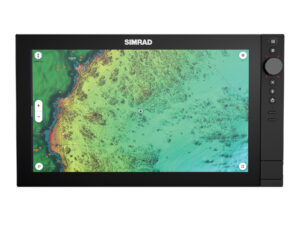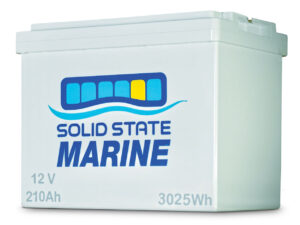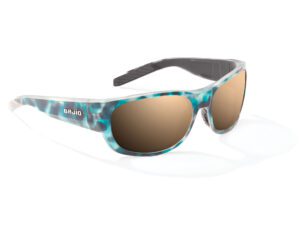With their ability to communicate with all boats in range without having to know a phone number or even a name, a VHF radio trumps a cell phone for vital marine communication whether it’s a call for a tow or a bonafide emergency. Fixed-mount units remain king, offering much better range and reliable power. Here’s what to look for beyond the standard marketing spin:
Receiver Selectivity
A good radio hears what you need most and cancels out the rest. Scour specifications for three key statistics: adjacent channel selectivity, intermodulation rejection ratio and spurious-response rejection ratio. For best results, choose 80 decibels (dB) for intermodulation rejection and 70 dB for the other two.
GPS Connectivity
Look for radios with built-in GPS units, or the ability to integrate with an external GPS plotter. These work with digital selective calling (DSC) to send a pre-formatted distress message that includes your current position and vessel information with the push of a button.
Class D, DSC Rating
Less-expensive radios may feature only one receiver channel, which means you may miss an incoming call, or worse, a distress message, if you’re occupied on another channel. Look for radios with a Class D rating; they have a separate receiver channel that constantly monitors a dedicated DSC channel.
JIS7 Waterproof Rating
Fixed-mount VHFs are located right where a boater needs them, but their exposed location means they can be at the mercy of the weather, or the hose! Look for the JIS7 rating; it testifies the radio can survive a 30-minute dunking in three feet of water.
SAME Filtering
Most radios can scan National Oceanic and Atmospheric Administration channels and issue an alert when inclement weather warnings are issued. Those with SAME (specific area message encoding) filtering allow the users to narrow down weather, or other emergency warnings, to their specific boating area.







